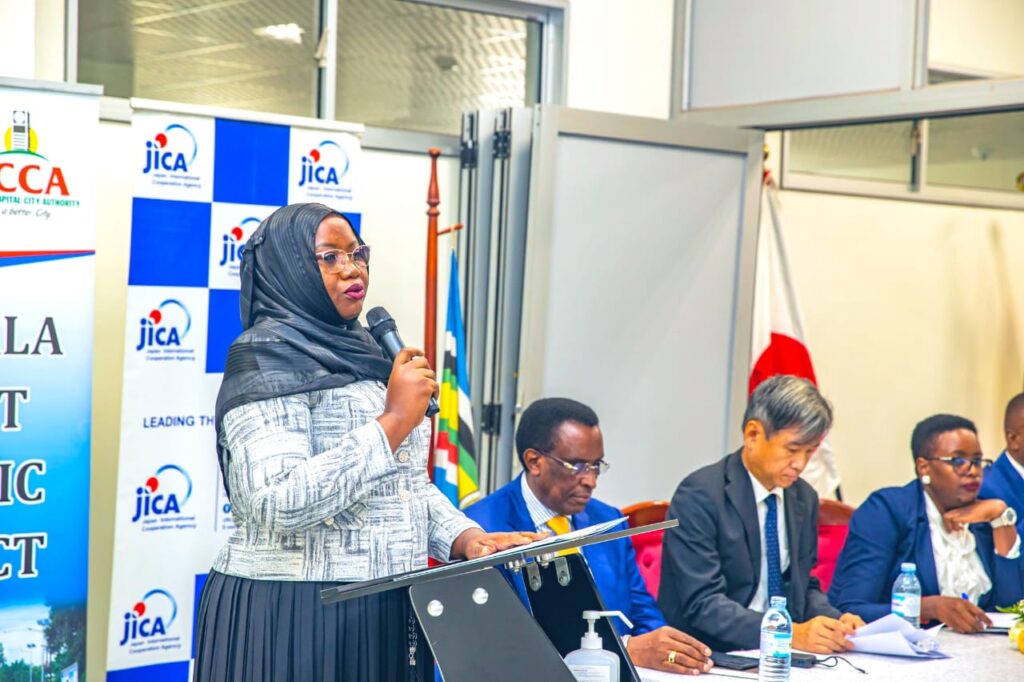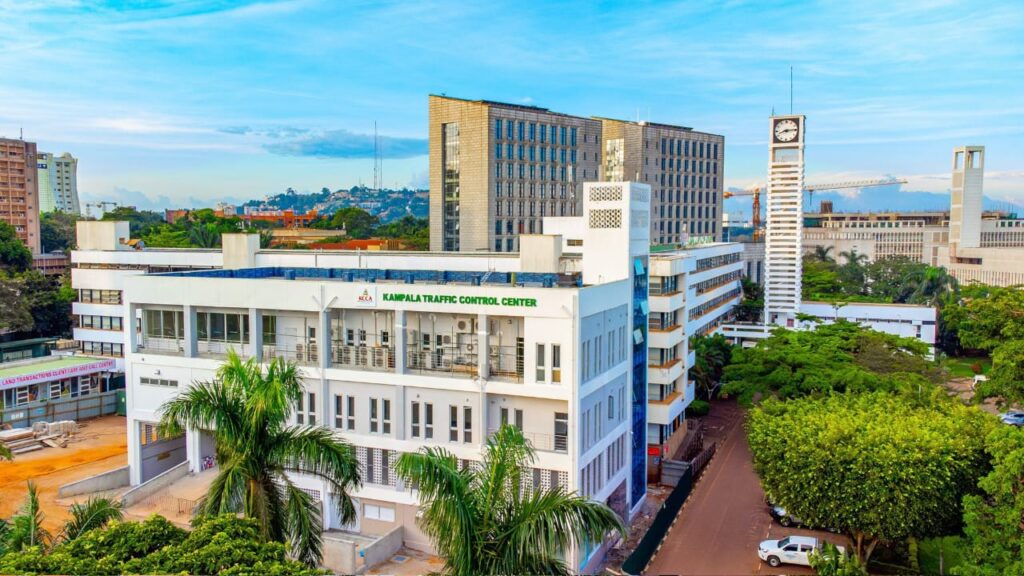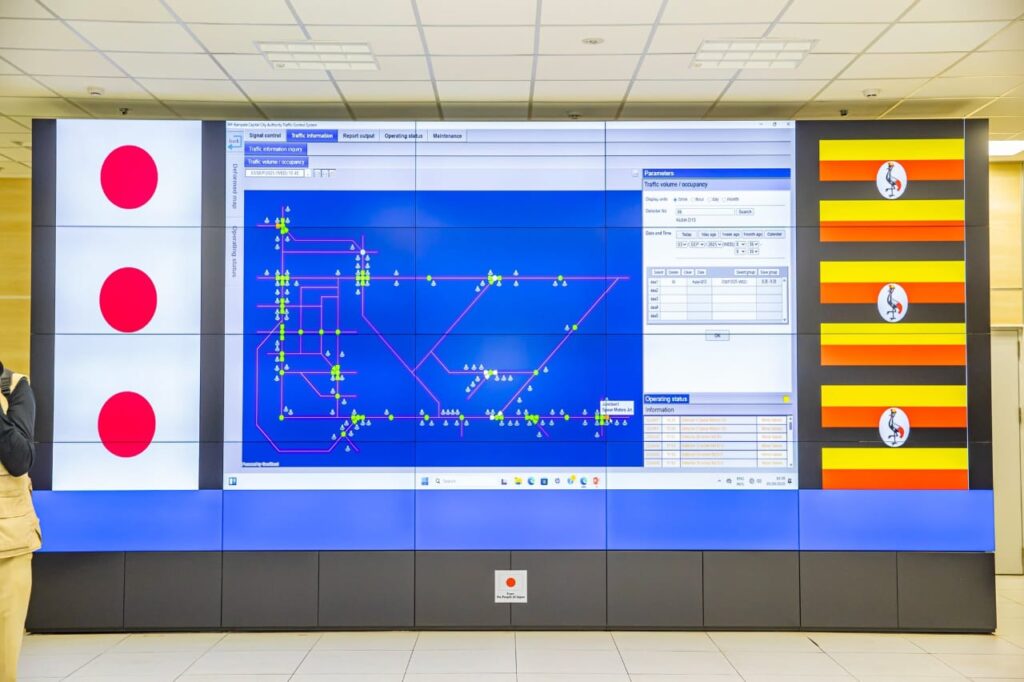Kampala Launches East Africa’s First Smart Traffic Control Centre, Signaling a New Era of Urban Mobility
Kampala has officially positioned itself at the forefront of East Africa’s smart city movement with the launch of a UGX 47 billion (USD 24 million) Smart Traffic Control Centre, a groundbreaking facility designed to revolutionize how the capital manages its fast-growing transport pressures.
The project, funded by the Japan International Cooperation Agency (JICA), is not only Kampala’s most ambitious traffic intervention to date but also a regional first—connecting 30 major intersections across the city for real-time monitoring, data-driven planning, and improved coordination with enforcement and research agencies.
Japanese Ambassador to Uganda, H.E. Takuya Sasayama, framed the centre as a direct answer to one of Kampala’s most urgent challenges.
“Waste management, transport, pollution, these are multifaceted problems. At least, for traffic, part of the answer is here. I thank the police for their work, and I hope this facility makes their efforts much easier,” he said.
KCCA Executive Director Hajjat Sharifah Buzeki described the centre as a transformative tool that will serve far beyond traffic management.
“Connected to 30 intersections across the city, this system will monitor and manage traffic in real time. It is not only for KCCA but also for our partners in the police, researchers, and traffic managers. We are committed to operating it to the highest standards, expanding it, and eventually integrating artificial intelligence,” she explained.
The centre has been welcomed as a climate-smart intervention, expected to reduce congestion, cut greenhouse gas emissions, and support Uganda’s long-term mass transport strategy.
According to Hon. Kabuye Kyofatogabye, Minister of State for Kampala Capital City and Metropolitan Affairs, the facility is a cornerstone in government reforms.
“This center supports government programs on mass transportation and will go a long way in reducing emissions and improving the quality of life for city dwellers,” he noted.
For Lord Mayor Erias Lukwago, the project carries deeper symbolism.
“This project will reduce emissions, enhance enforcement capacity, and make transport management more efficient. We must celebrate this achievement and thank the government of Japan,” he said, calling the facility a “monument on Kampala’s skyline.”
Delivering the project amid the disruptions of the COVID-19 pandemic was a feat in itself, according to JICA Representative Yoichi Inoue.
“Traffic congestion affects productivity and increases pollution. This facility is a model for the region, and I humbly request that future projects be integrated into this one to maximize impact,” he remarked.
Uganda’s Engineer-in-Chief, Eng. Stephen Kitonsa, highlighted the advanced tools installed at the centre—modern monitoring systems and data-driven traffic models—designed to improve both safety and efficiency on Kampala’s busiest roads.
The event ended with a symbolic act: Ambassador Sasayama, Minister Kyofatogabye, Lord Mayor Lukwago, and ED Buzeki each planted a tree at City Hall, underscoring Kampala’s ambition to not only move smarter but also grow greener.








